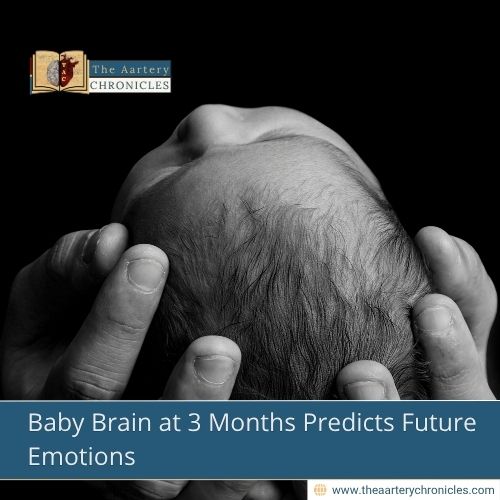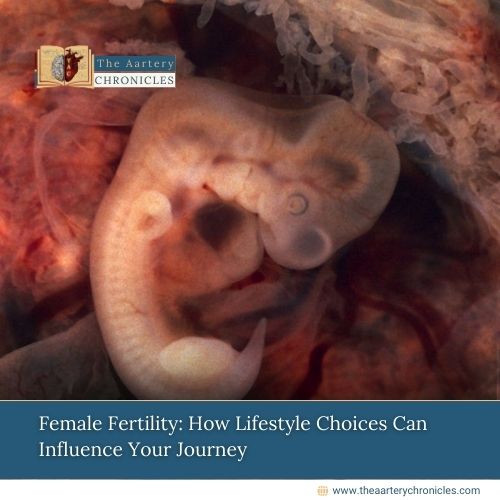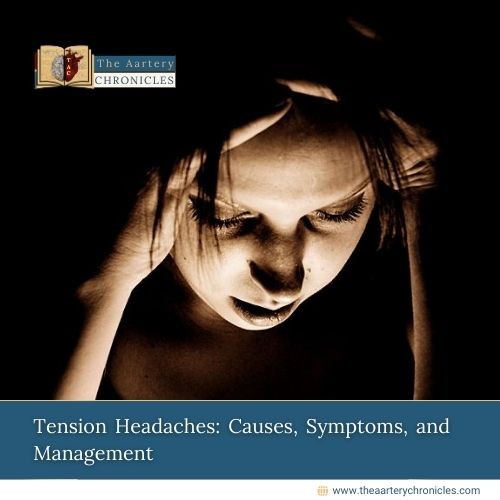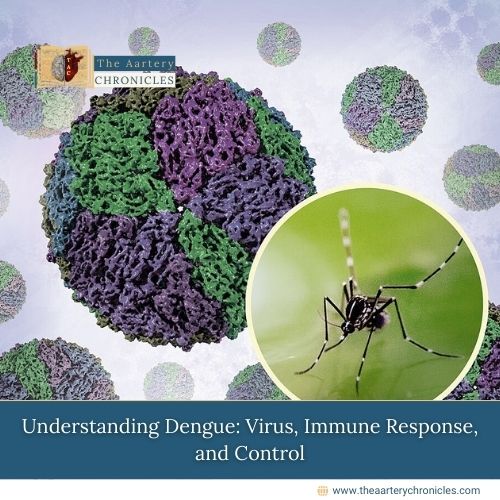

Baby Brain at 3 Months Predicts Future Emotions
A new study from the University of Pittsburgh School of Medicine reveals how a baby’s brain structure at just 3 months old can offer important clues about their emotional development over the next several months. This breakthrough may lead to earlier identification of children at risk for emotional or behavioral issues and pave the way for timely support and care.
Using Advanced Imaging to Study Infant Brains
Led by Dr. Yicheng Zhang and Dr. Mary L. Phillips, the research team studied 95 babies and their caregivers using a cutting-edge MRI method called Neurite Orientation Dispersion and Density Imaging (NODDI). This technique gives highly detailed images of white matter—brain fibers that connect different regions of the brain and help them communicate.
The researchers focused on specific brain pathways that are crucial for emotional development. These included regions involved in awareness, attention, and self-control.
Key Brain Pathways and Their Role in Emotions
The study uncovered striking patterns:
- Forceps Minor: This bundle of fibers connects the two sides of the brain. Babies with more disorganized fibers in this area at 3 months were more likely to show increased negative emotions—such as fussiness or irritability—by 9 months.
- Left Cingulum Bundle: This pathway links brain areas that help with control and decision-making. Babies with a more mature structure here showed greater increases in positive emotions (like joy) and better self-soothing skills—the ability to calm themselves when upset.
These findings suggest that differences in brain structure early in life may influence how babies respond emotionally to the world around them.
A Step Forward in Early Mental Health Detection
The ability to detect signs of future emotional challenges in infants even before they show any behavioral problems marks a major step forward in child development research.
Research has shown that:
- High negative emotions in infancy are linked to future anxiety and behavior problems.
- Low positive emotions can be a warning sign for later depression and social difficulties.
By identifying brain patterns tied to these emotional traits, doctors and specialists might one day be able to offer early support to families before more serious problems arise.
Confirmed Results and Strong Confidence
To strengthen their findings, the research team tested their results on a second group of 44 infants and found similar patterns. This validation gives added confidence that the brain-emotion connection is real and reliable.
They also carefully accounted for other influences, such as:
- Parent mental health
- Family income and environment
- Infant characteristics (like sex and birth weight)
Even with these factors considered, brain structure still played a key role.
Real-World Impact
These findings have practical applications. Pediatricians and child development specialists could use brain imaging in the future to:
- Screen infants for emotional or behavioral risks
- Offer early interventions, such as parent coaching or therapeutic support
- Tailor care based on a baby’s unique brain development
This could shift care from a reactive to a proactive approach catching concerns before they turn into problems.
A Critical Time in a Baby’s Life
The first year of life is a time of rapid brain growth. During this period, white matter connections are forming quickly, laying the groundwork for emotional and behavioral patterns that can last a lifetime.
By understanding these early changes, parents, healthcare providers, and policymakers can make more informed decisions that support healthy development right from the start.
Conclusion
This study marks an exciting advance in developmental neuroscience. It shows how modern imaging tools can unlock new understanding of how babies grow emotionally and how their earliest brain connections play a critical role.
With continued research and collaboration between scientists, doctors, and families, these insights could lead to better mental health outcomes beginning in the very first months of life.
Source: Inputs from various media Sources

Priya Bairagi
Reviewed by Dr Aarti Nehra (MBBS, MMST)
I’m a pharmacist with a strong background in health sciences. I hold a BSc from Delhi University and a pharmacy degree from PDM University. I write articles and daily health news while interviewing doctors to bring you the latest insights. In my free time, you’ll find me at the gym or lost in a sci-fi novel.








